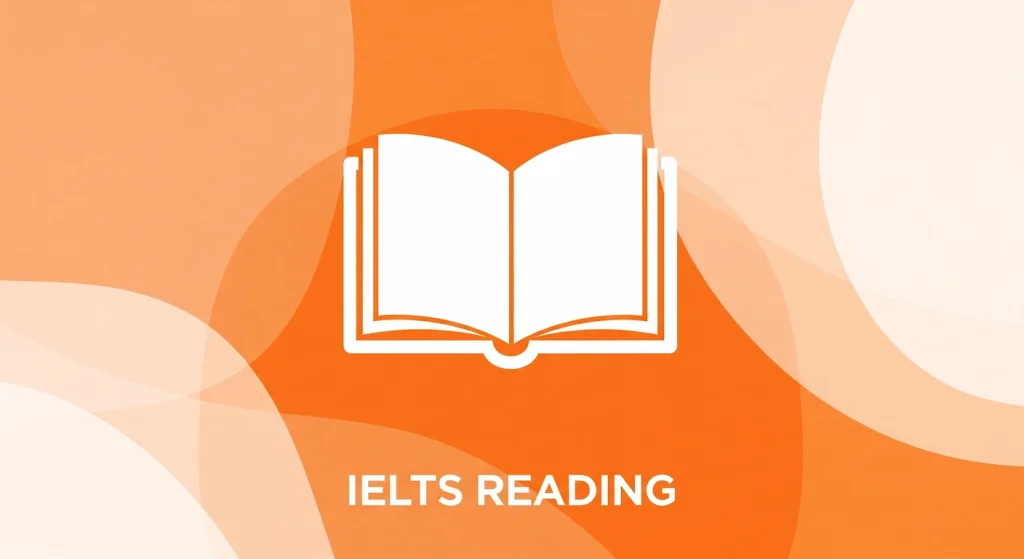
If you’re preparing for the Academic IELTS Reading test, it may help to understand how the exam is designed and how you might respond with flexibility and strategic focus. Drawing on recent, reliable sources alongside expert analysis, this post outlines a balanced, accessible approach to help you read smarter—not harder.
The IELTS Academic Reading section asks you to complete 3 passages in 60 minutes, with a total of 40 questions. The total word count across all passages typically ranges from 2,150 to 2,750 words. In practice, that means each passage is usually around 700 to 800 words on average.
That’s a lot to manage in just an hour—especially when transfer time is included and there’s no extra buffer (IELTS). In effect, you should treat each passage as demanding around 20 minutes, though in reality a more adaptive approach may work better.
You technically have 1.5 minutes per question (60 minutes / 40 questions). Yet experienced test-takers often find that rigid timing isn’t ideal.
One test-taker who scored Band 8.5 suggested:
“Take 12–13 minutes for the questions you can answer on the first go, and if you’re stuck, move on but remember to come back. That way, you keep momentum and still have time to review.”
Others add that the trick lies in flexibility: skimming the easier first passage quickly—maybe in 15–18 minutes—can bank time for the more demanding ones. This approach aligns with how the test is designed: Passage 1 tends to be the most straightforward, while Passage 3 is typically the most complex.
The Academic Reading test usually builds in complexity across its three passages:
Passage 1: Clear and factual, with accessible vocabulary. A good place to warm up and map the layout.
Passage 2: Slightly more analytical, with a mix of factual questions and subtle opinion-based tasks.
Passage 3: A highly academic or analytical text. The most challenging vocabulary, structure, and question types tend to appear here.
Understanding this progression can help you prioritize your time effectively and apply different reading skills as the passages get harder.
The test includes a variety of question formats—often in a somewhat predictable order:
Passage 1: Detail-focused tasks like matching information, diagram labeling, and summary completion.
Passage 2: A blend of matching headings, True/False/Not Given, and sentence ending matching.
Passage 3: Critical reasoning tasks such as identifying writer’s views (Yes/No/Not Given), multiple choice, and table/chart completion.
That said, the exact mix can vary from test to test, so flexibility remains key.
Here are several strategies that may help improve your performance:
Familiarity breeds speed. Ensure you can handle:
Using official or Cambridge materials helps build familiarity with question types, normalized word counts, and real-life difficulty.
| Metric | Typical Value |
|---|---|
| Total passages | 3 |
| Total word count | 2,150–2,750 words |
| Words per passage (avg.) | ~700–800 words |
| Total time | 60 minutes |
| Questions | 40 (12–14 per passage) |
| Recommended time per passage* | ≈ 20 minutes (flexible) |
* Adapt based on difficulty—finish Passage 1 in 15–18 min if possible, and flex time accordingly.
To sum up, an effective IELTS Academic Reading strategy might involve:
Developing a clear mental model of how the test is structured.
Using skimming and scanning selectively.
Practising pacing rather than rigid timing.
Familiarizing yourself with all question types through repeated exposure.
Staying flexible and calm—knowing you can adapt as the test unfolds.
With deliberate preparation and strategic execution, the reading section doesn’t have to feel overwhelming. Instead, it can become a test of strategy as much as English skill—a challenge you’re increasingly ready for.
Get instant, AI-powered feedback on your IELTS essays. Improve your writing, structure, and vocabulary with WritewiseAI’s world-class technology.